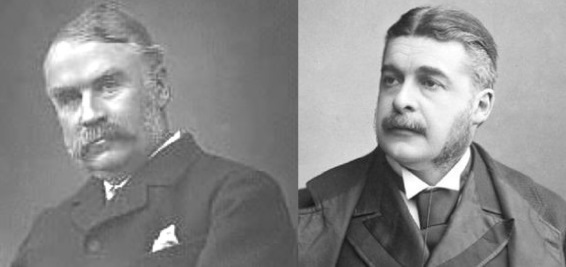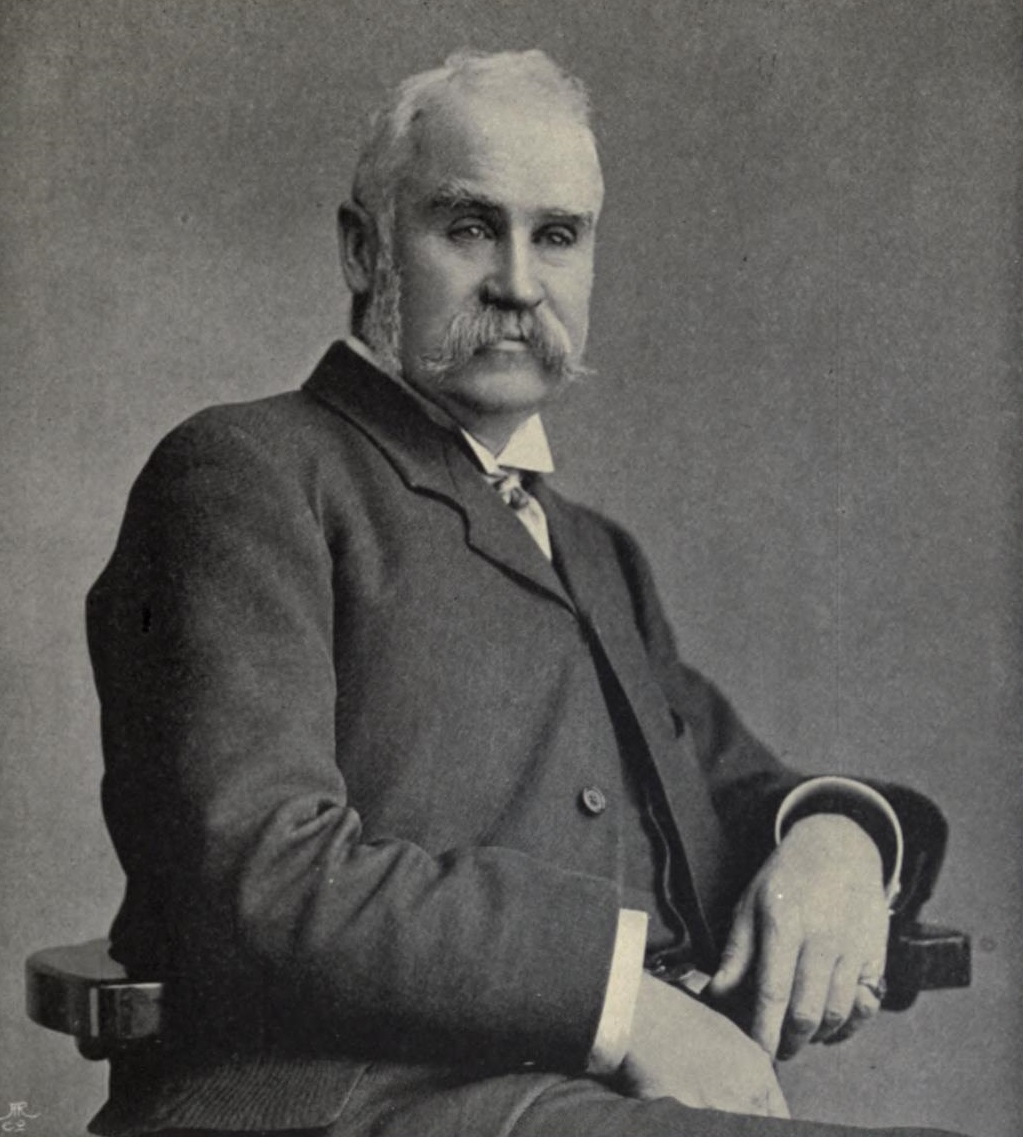A Acácia: planta símbolo por excelência da Maçonaria; representa a segurança, a clareza, e também a inocência ou pureza. A Acácia foi tida na antiguidade, entre os hebreus, como árvore sagrada e daí sua conservação como símbolo maçônico. Os antigos costumavam simbolizar a virtude e outras qualidades da alma com diversas plantas. A Acácia é inicialmente um símbolo da verdadeira Iniciação para uma nova vida, a ressurreição para uma vida futura.
NA LENDA DE H.‘. A.‘.
Ao cair da noite, o conduziram para o Monte Mória, onde o enterraram numa sepultura que cavaram e assinalaram com um ramo de Acácia. Quando, extenuados, os exploradores enviados pelo Rei Salomão chegaram ao ponto de encontro, seus semblantes desencorajados só expressaram a inutilidade de seus esforços. … Caindo literalmente de fadiga, (um)… Mestre tentava agarrar-se a um ramo de Acácia. Ora, para sua grande surpresa, o ramo soltou-se em sua mão, pois havia sido enterrado numa terra há pouco removida. Esse “ramo de Acácia” criou vida própria, cresceu e tornou-se o maior Símbolo do Grau de M.‘. M.‘..
Em outra versão, os M.‘. M.‘. que foram a procura do Mestre H.‘. A.‘. encontraram 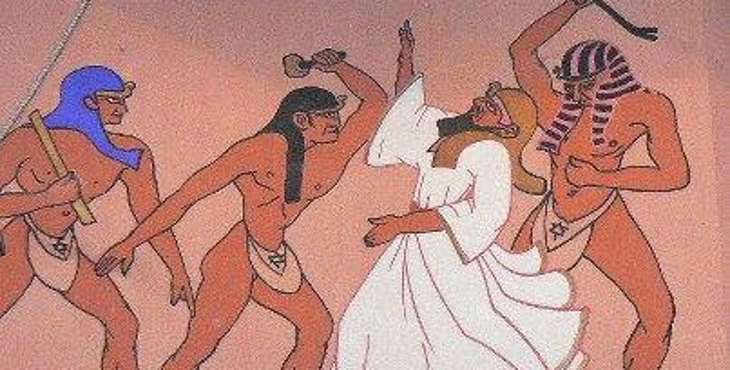 um monte de terra que parecia cobrir um cadáver, e terra recentemente removida; plantaram ali um ramo de Acácia para reconhecer o local. Conforme uma terceira versão, a Acácia teria brotado do corpo do Resp.‘. M.‘. morto, anunciando a ressurreição de Hiram.
um monte de terra que parecia cobrir um cadáver, e terra recentemente removida; plantaram ali um ramo de Acácia para reconhecer o local. Conforme uma terceira versão, a Acácia teria brotado do corpo do Resp.‘. M.‘. morto, anunciando a ressurreição de Hiram.
Sendo a morte de H.‘. A.‘. uma lenda, resulta evidente que existam diferentes versões, mas o importante é que todas elas coincidem na sua sepultura surgir um ramo de Acácia.
NA BOTÂNICA
A Acácia é uma árvore espinhosa que possui espinhos penetrantes, da família das leguminosas-mimosas, Acácia Dialbata. É dela que se extrai a goma arábica.
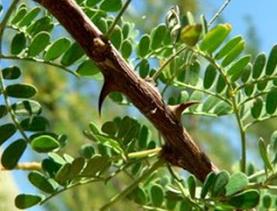 No texto original grego do Novo Testamento o termo usado é akanqwn (akanthon), que foi traduzido ao português tanto como Acácia ou como acanto, e que também pode significar espinho, espinhoso, etc. Esta palavra grega aparece em várias passagens da Bíblia mencionando a coroa de espinhos e também a árvore conhecida como shittah. A coroa de Acácia espinhosa na cabeça de Jesus é símbolo de sabedoria. Mas como devemos interpretar o gesto dos soldados romanos quando coroam Jesus com espinhos?
No texto original grego do Novo Testamento o termo usado é akanqwn (akanthon), que foi traduzido ao português tanto como Acácia ou como acanto, e que também pode significar espinho, espinhoso, etc. Esta palavra grega aparece em várias passagens da Bíblia mencionando a coroa de espinhos e também a árvore conhecida como shittah. A coroa de Acácia espinhosa na cabeça de Jesus é símbolo de sabedoria. Mas como devemos interpretar o gesto dos soldados romanos quando coroam Jesus com espinhos?
Podemos entender como mais um ato de crueldade com sentido unicamente pejorativo ou será que, aparentemente, houve alguém que conhecendo a simbologia encetada no ramo de Acácia induziu à soldadesca a usar este tipo de ramo?
NA ANTIGUIDADE
Em hebraico antigo o termo shittah é usado para Acácia sendo o plural shittin. Os povos antigos tiveram um respeito extremado pela acácia chegando a ser considerada um símbolo solar porque suas folhas se abrem com a luz do sol do amanhecer e fecham-se ao ocaso; sua flor imita o disco do sol. Entre os árabes, na antiga Numídia seu nome era Houza e acredita-se ser a origem de nossa palavra “Huzé”. Também é chamada como Hoshea, palavra sagrada usada num capítulo do R.‘. E.‘. A.‘. e A.‘.. O sentimento dos israelitas pela Acácia começa com Moisés, quando na construção dos elementos mais sagrados é utilizada a Acácia (Arca, Mesa, Altar) devido, principalmente, por suas características de imputrescibilidade. Os Egípcios também a tinham como planta sagrada, mas Maomé ordenou que a destruíssem.
A Acácia é dedicada a Hermes – Mercúrio e seus ramos floridos relembram o  celebre “Ramo Dourado”, dos antigos mistérios. Trata-se, efetivamente, da Acácia Mimosa, cujas flores se parecem pequenas bolas de ouro. É a planta de que fala a fábula de Osíris e o Rito Maçônico do Grau de Mestre. Essa planta teria florescido sobre o túmulo do deus, o iniciado, morto por Tifão e que era para fazer reconhece-lo.
celebre “Ramo Dourado”, dos antigos mistérios. Trata-se, efetivamente, da Acácia Mimosa, cujas flores se parecem pequenas bolas de ouro. É a planta de que fala a fábula de Osíris e o Rito Maçônico do Grau de Mestre. Essa planta teria florescido sobre o túmulo do deus, o iniciado, morto por Tifão e que era para fazer reconhece-lo.
NA BÍBLIA
Altar dos Holocaustos – “Farás o altar de madeira de Acácia. Seu comprimento será de cinco côvados, sua largura de cinco côvados e sua altura será de três côvados”. (Êxodo, 27 – 1).
Arca da Aliança – farão uma arca de madeira de cetim (Acácia)… (Êxodo 25:10)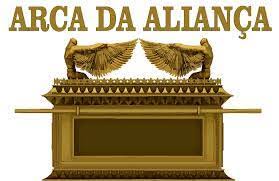
Mesa dos Pães Propiciais – farás uma mesa de madeira de cetim (Acácia)… (Êxodo 25:23)
Bete-Sita, no hebraico significa Lugar da Acácia, e no Atlas moderno aparece localizado no paralelo 32 e 30’ ao lado do rio Jordão.
A Bíblia é rica em alusões da madeira de Acácia dando para ela usos sagrados (a cruz do sacrifício de Jesus teria sido feita de Acácia) o que, por sua vez a converte em uma árvore sagrada. A Acácia é o Shittah ou Shittim no plural (Espinho em Hebreu), como o Pau de Cetim da Arca da Aliança (Êxodo, 35 e seus versículos).
A Acácia é considerada como árvore sagrada. Moisés, a pedido do Senhor, ordenou seu povo, enquanto descansava no deserto, ao pé do Sinai, usasse a Acácia – Pau de Cetim na fabricação do Tabernáculo e nos móveis nele usados – A Arca da Aliança, a Mesa dos Pães da Proposição, os Varais da Arca, os adornos, etc.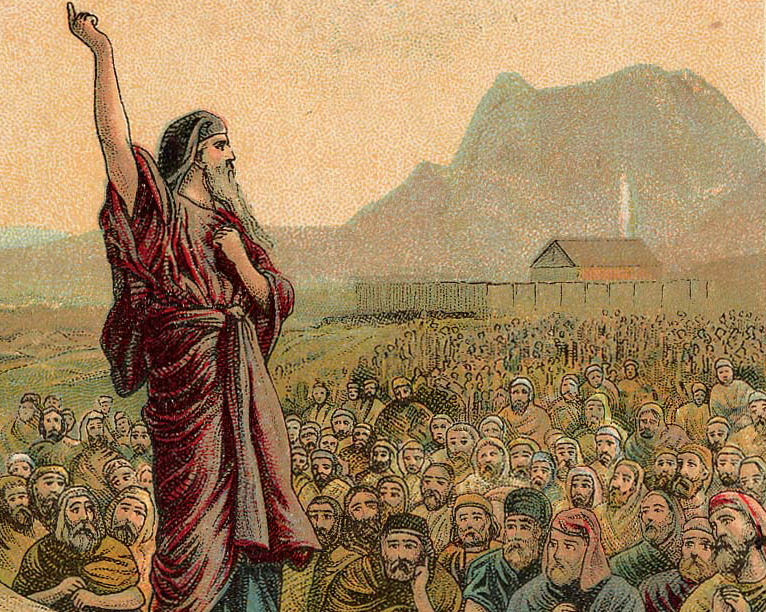
NA MAÇONARIA
Entre os rosacruzes, assim como em alguns ritos maçônicos já desaparecidos, ou de pequena expressão, na Europa, ensina-se que a Acácia teve a sua madeira utilizada na confecção da cruz, onde Jesus foi executado, o que é pura especulação.
Quando o Resp.‘. M.‘. pergunta ao Ven.‘. Irm.‘. 1º Vig.‘. “Sois M.‘. M.‘. ? E o interpelado responde ”A A.‘. M.‘. é C.‘.” ele estabelece de imediato sua qualidade de Maç.‘., o que, equivale a dizer “tendo estado na tumba, e triunfado levantando-me dentre os mortos e, estando regenerado, tenho direito à vida eterna”. A interpretação simbólica e filosófica da planta sagrada é riquíssima e lembra a parte espiritual que existe dentro de nós que, como uma emanação de Deus, jamais pode morrer. A Acácia é, simplesmente, a representação da alma e nos leva a estudar seriamente nosso espírito, nosso eu interior e a parte imaterial de nossa personalidade.
Outra importante significação simbólica da Acácia foi dada por Albert Gallatin Mackey e Bernard E. Jones que ressaltam a Inocência e a iniciação; o grego akakia também é usado para definir qualidade moral, inocência ou pureza de vida. E do Maç.‘., que já conhece a Acácia é esperado uma conduta pura e sem máculas. Estima-se que em 1937 a Acácia nasce em nosso simbolismo junto com a Maçonaria especulativa, sendo a consciência da vida eterna. “Este galho verde no mistério da morte é o emblema do zelo ardente que o M.‘.M.‘. deve ter pela verdade e a justiça, no meio dos homens corruptos que se traiçoam uns aos outros”.
Maçônicamente simboliza Inocência, Iniciação, Imortalidade da Alma (os 3 I.‘.) e Incorruptibilidade, porém na lenda de Hiram simbolizou a Inveja, o fanatismo e a Ignorância. Incorruptibilidade, por isso, foram enterrados os membros de 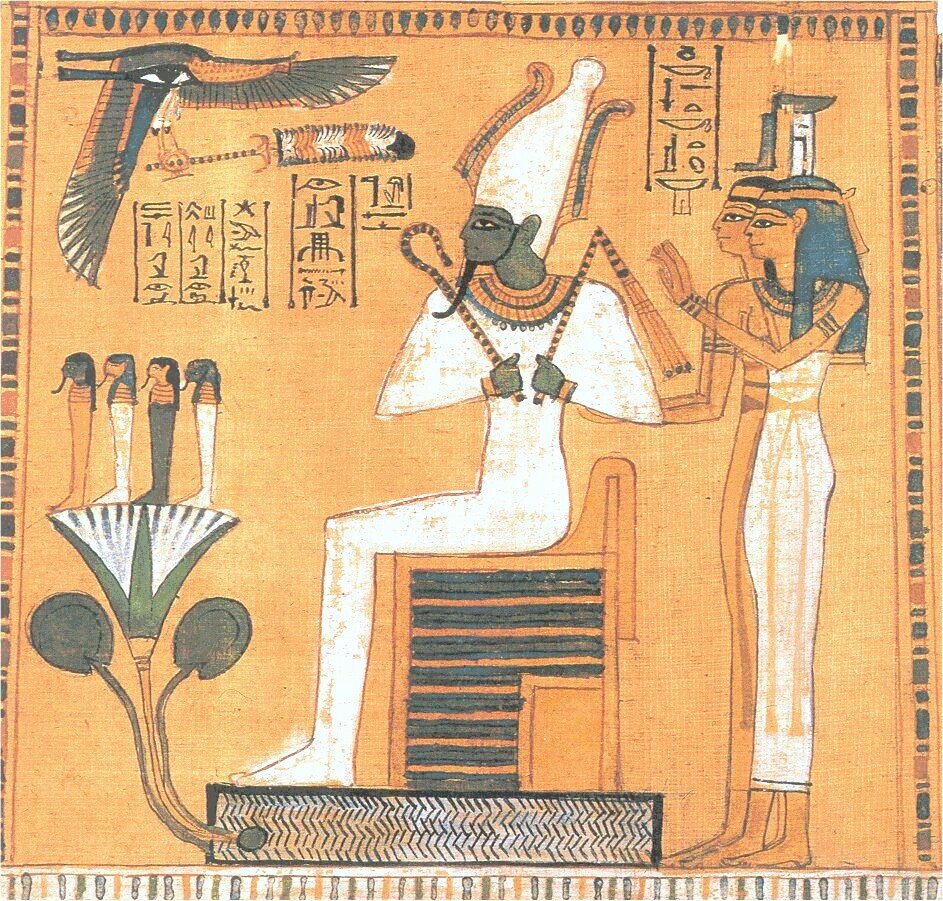 Osíris, num caixão de Acácia; Imortalidade, Ressurreição (renovação, metamorfose) de Osíris, Hiram e Jesus; Iniciação, pois a Imortalidade é o apanágio dos adeptos e Iniciados; Inocência, pois os espinhos representam aqueles que não se deixam tocar por mão impuras. Sendo da família da “mimosa” , como a planta “sensitiva”, fecha as folhas ao serem tocadas. Akakia (em grego) quer dizer sem maldade ou malícia. Quando O Maç.‘. diz que a A.‘. M.‘. é C.‘., significa que conhece a imortalidade da alma.
Osíris, num caixão de Acácia; Imortalidade, Ressurreição (renovação, metamorfose) de Osíris, Hiram e Jesus; Iniciação, pois a Imortalidade é o apanágio dos adeptos e Iniciados; Inocência, pois os espinhos representam aqueles que não se deixam tocar por mão impuras. Sendo da família da “mimosa” , como a planta “sensitiva”, fecha as folhas ao serem tocadas. Akakia (em grego) quer dizer sem maldade ou malícia. Quando O Maç.‘. diz que a A.‘. M.‘. é C.‘., significa que conhece a imortalidade da alma.
Na história de Jacques Molay, também, surge a citação de que alguns Cavaleiros disfarçados que colocaram Ramos de Acácia sobre suas cinzas quando as mesmas foram levadas para o Monte de Heredom. Três dos quatros Evangelistas a mencionam em seu Evangélio, Mateus (27:29), Marcos (15:17) e João (19:2), ligando-a ao “coroamento de Jesus”.
Concluindo, quando o M.‘. M.‘. responde A.‘. M.‘. é C.‘., significa: Levantei-me do túmulo e saí com vida. Sou eterno, consciente de meu ser como homem livre e regenerado; estou cultivando o desenvolvimento de todas as minhas dificuldades, procurando engrandecer, amar e socorrer meus irmãos que tiverem justas necessidades; estou procurando significar minha existência, fazendo feliz a humanidade; a vida presente é a preparação da futura. A felicidade eterna do homem começará quando ele tiver alcançado a mais profunda paz, que resulta da harmonia e do equilíbrio perfeito, com a Sublime Luz do G.‘.A.‘.D.‘.U.‘..
A Acácia á a árvore da vida. Suas flores cegam, suas sementes matam, as suas raízes curam. A semente é o veneno; a raiz o antídoto.
Autor: Alcinei Feitosa M.‘. M.‘. - ARLS Baluartes do Atlantico, Or de Caraguatatuba (São Paulo, Brasil)
BIBLIOGRAFIA:
1. BOUCHER, Jules. A Simbólica Maçônica, 1996;
2. CARTES, Osmar Or:. de São Paulo – SP, www.triumpho.tripod.com.br ;
3. CARVALHO, Assis, O Mestre Maçom;
4. Jose@castellani.com.br
5. VAROLI, Theobaldo Filho, Curso de Maçonaria Simbólica;
6. Portalmaconico.com.br;
7. Agradecimento à assessoria do consultor Ir.‘. Jose Roberto Mira do G.‘.O.‘.P.‘. Caraguatatuba;

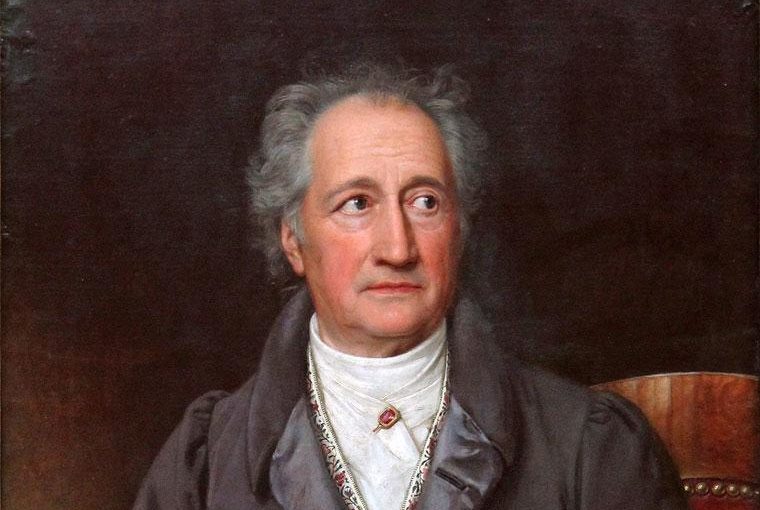
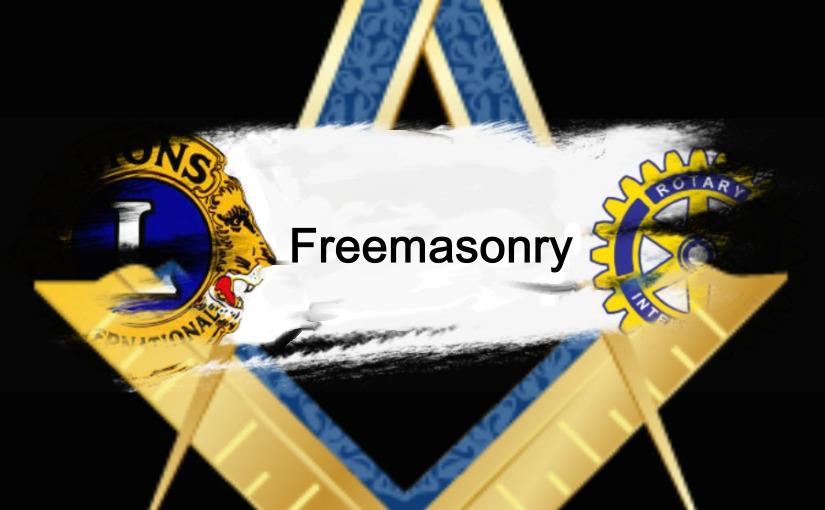
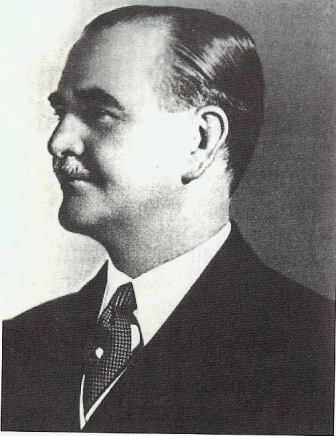 Englishman and fascist sympathizer who was living in Italy at the time. In 1932, Henderson became the Managing Director of Coats
Englishman and fascist sympathizer who was living in Italy at the time. In 1932, Henderson became the Managing Director of Coats 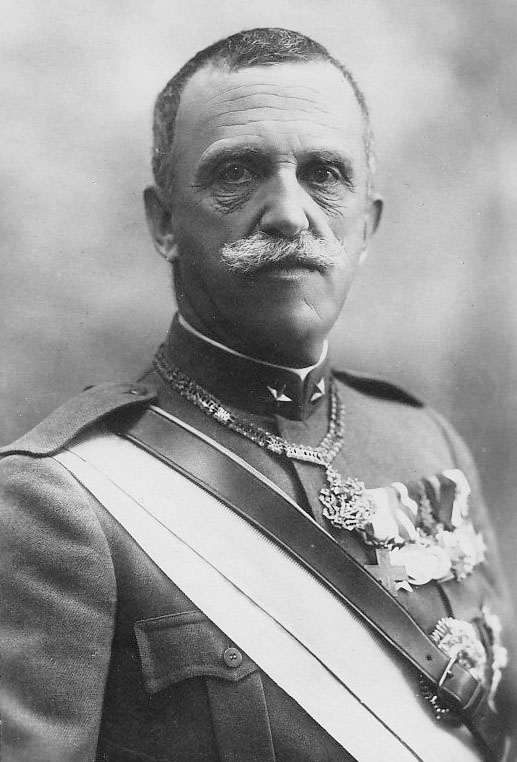 served as an Honorary Member.
served as an Honorary Member.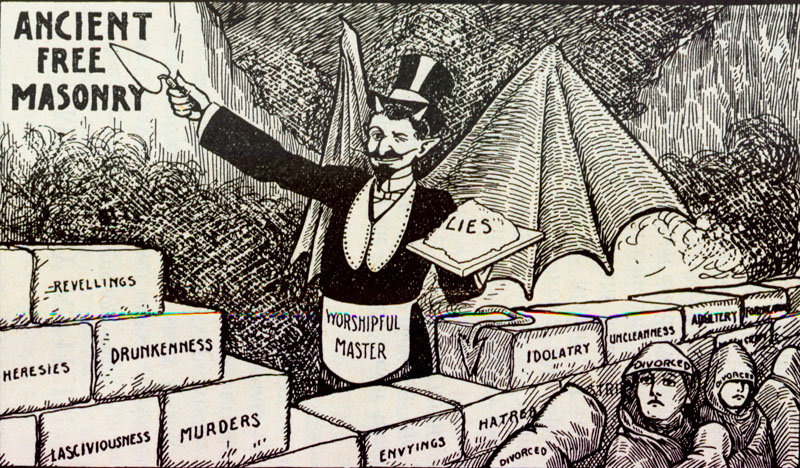
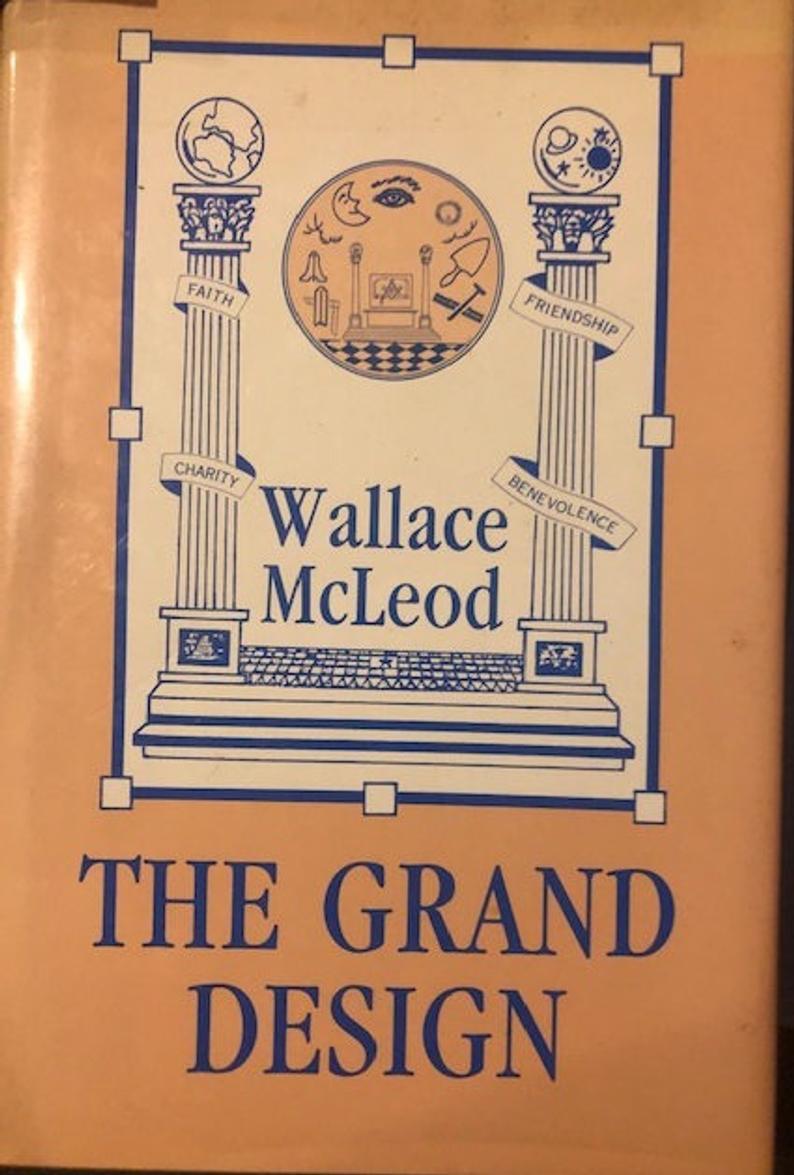 When it was published again in 1944 by those well known Masonic scholars Knoop, Jones and Hamer they printed only 158 out of 366 lines, stating that ”’we have omitted portions displeasing to modern tastes”.
When it was published again in 1944 by those well known Masonic scholars Knoop, Jones and Hamer they printed only 158 out of 366 lines, stating that ”’we have omitted portions displeasing to modern tastes”.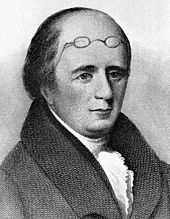
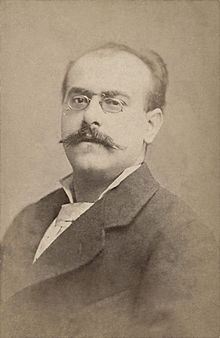
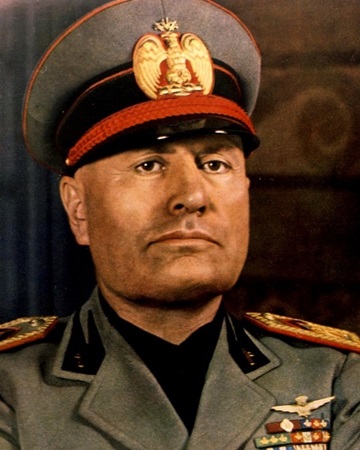 anti-Masonic law in Italy; Masonry was suppressed in Portugal in 1931 and in Spain by Franco in 1941. Romania followed in 1948 and Hungary in 1950. Sukarno banned it in Indonesia in the 1960s and it was banned in Pakistan in 1972. The Ayatollah Khomeini took action against Freemasonry in Iran in 1979. And so it goes on.
anti-Masonic law in Italy; Masonry was suppressed in Portugal in 1931 and in Spain by Franco in 1941. Romania followed in 1948 and Hungary in 1950. Sukarno banned it in Indonesia in the 1960s and it was banned in Pakistan in 1972. The Ayatollah Khomeini took action against Freemasonry in Iran in 1979. And so it goes on.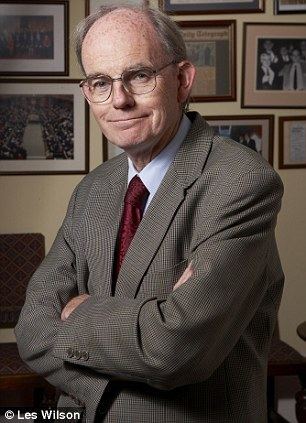 Chris Mullen MP famously tried to introduce a Register of Freemasons in the Police and Judiciary in 1998. This failed and he admitted eventually that he had only read one book on Freemasonry, the infamous Inside the Brotherhood , a book that frankly was so untrue as to be almost a joke.
Chris Mullen MP famously tried to introduce a Register of Freemasons in the Police and Judiciary in 1998. This failed and he admitted eventually that he had only read one book on Freemasonry, the infamous Inside the Brotherhood , a book that frankly was so untrue as to be almost a joke.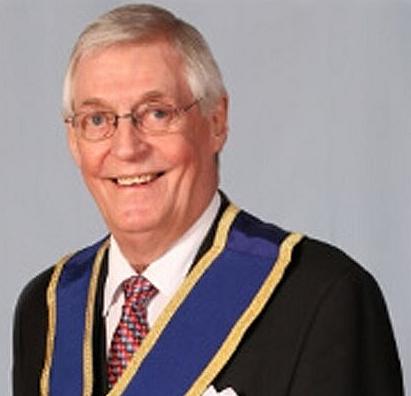

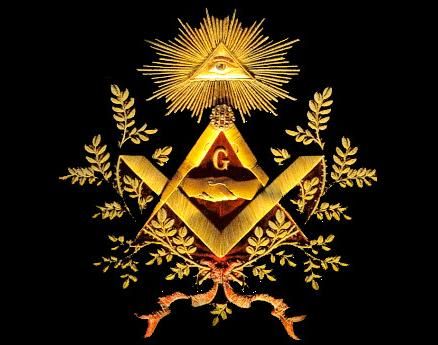
 um monte de terra que parecia cobrir um cadáver, e terra recentemente removida; plantaram ali um ramo de Acácia para reconhecer o local. Conforme uma terceira versão, a Acácia teria brotado do corpo do Resp.‘. M.‘. morto, anunciando a ressurreição de Hiram.
um monte de terra que parecia cobrir um cadáver, e terra recentemente removida; plantaram ali um ramo de Acácia para reconhecer o local. Conforme uma terceira versão, a Acácia teria brotado do corpo do Resp.‘. M.‘. morto, anunciando a ressurreição de Hiram. No texto original grego do Novo Testamento o termo usado é akanqwn (akanthon), que foi traduzido ao português tanto como Acácia ou como acanto, e que também pode significar espinho, espinhoso, etc. Esta palavra grega aparece em várias passagens da Bíblia mencionando a coroa de espinhos e também a árvore conhecida como shittah. A coroa de Acácia espinhosa na cabeça de Jesus é símbolo de sabedoria. Mas como devemos interpretar o gesto dos soldados romanos quando coroam Jesus com espinhos?
No texto original grego do Novo Testamento o termo usado é akanqwn (akanthon), que foi traduzido ao português tanto como Acácia ou como acanto, e que também pode significar espinho, espinhoso, etc. Esta palavra grega aparece em várias passagens da Bíblia mencionando a coroa de espinhos e também a árvore conhecida como shittah. A coroa de Acácia espinhosa na cabeça de Jesus é símbolo de sabedoria. Mas como devemos interpretar o gesto dos soldados romanos quando coroam Jesus com espinhos? celebre “Ramo Dourado”, dos antigos mistérios. Trata-se, efetivamente, da Acácia Mimosa, cujas flores se parecem pequenas bolas de ouro. É a planta de que fala a fábula de Osíris e o Rito Maçônico do Grau de Mestre. Essa planta teria florescido sobre o túmulo do deus, o iniciado, morto por Tifão e que era para fazer reconhece-lo.
celebre “Ramo Dourado”, dos antigos mistérios. Trata-se, efetivamente, da Acácia Mimosa, cujas flores se parecem pequenas bolas de ouro. É a planta de que fala a fábula de Osíris e o Rito Maçônico do Grau de Mestre. Essa planta teria florescido sobre o túmulo do deus, o iniciado, morto por Tifão e que era para fazer reconhece-lo.

 Osíris, num caixão de Acácia; Imortalidade, Ressurreição (renovação, metamorfose) de Osíris, Hiram e Jesus; Iniciação, pois a Imortalidade é o apanágio dos adeptos e Iniciados; Inocência, pois os espinhos representam aqueles que não se deixam tocar por mão impuras. Sendo da família da “mimosa” , como a planta “sensitiva”, fecha as folhas ao serem tocadas. Akakia (em grego) quer dizer sem maldade ou malícia. Quando O Maç.‘. diz que a A.‘. M.‘. é C.‘., significa que conhece a imortalidade da alma.
Osíris, num caixão de Acácia; Imortalidade, Ressurreição (renovação, metamorfose) de Osíris, Hiram e Jesus; Iniciação, pois a Imortalidade é o apanágio dos adeptos e Iniciados; Inocência, pois os espinhos representam aqueles que não se deixam tocar por mão impuras. Sendo da família da “mimosa” , como a planta “sensitiva”, fecha as folhas ao serem tocadas. Akakia (em grego) quer dizer sem maldade ou malícia. Quando O Maç.‘. diz que a A.‘. M.‘. é C.‘., significa que conhece a imortalidade da alma.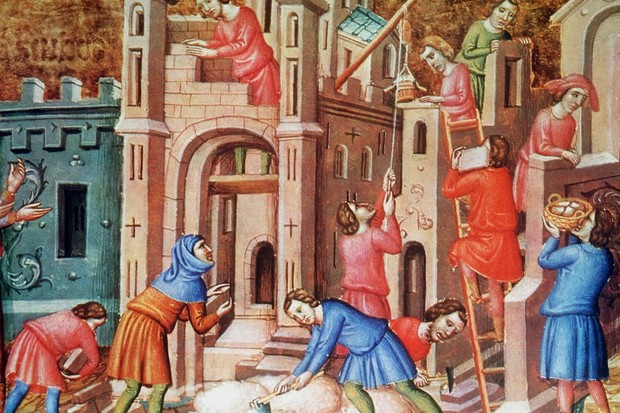
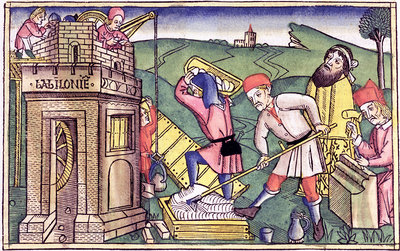
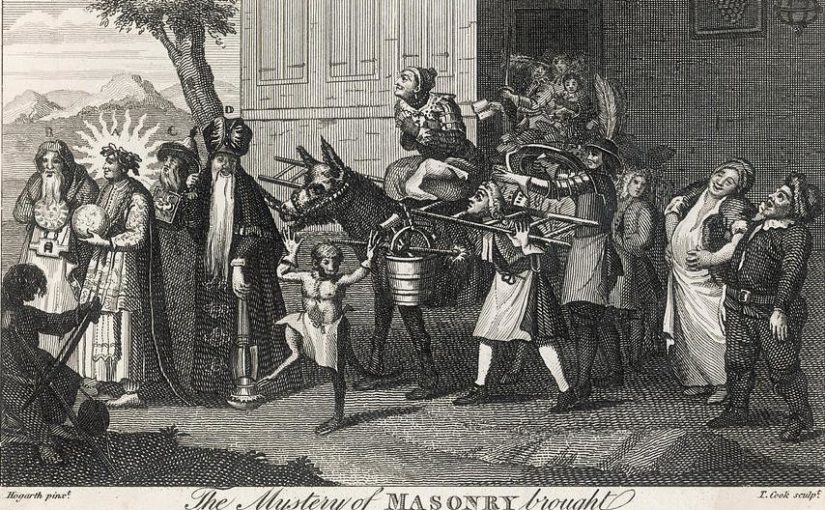
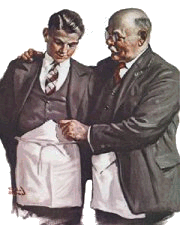 This point is first among these, because
This point is first among these, because 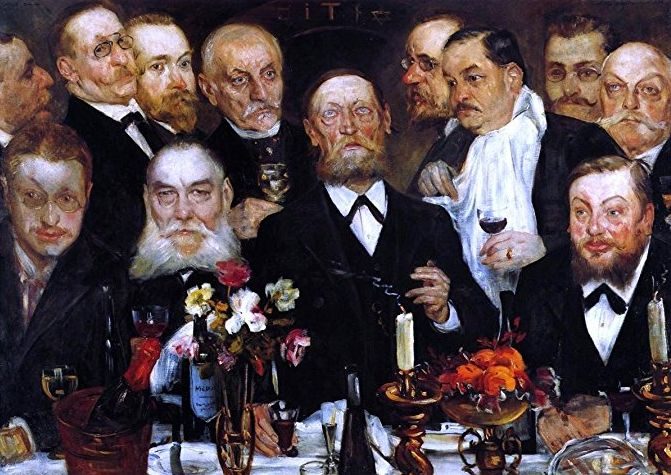
 achieved, the new Master concentrates on investing his Principal and Assistant Officers with the collar and tools of their Station. The Tyler is among those Officers and his place is outside the door of the Lodge because, as his title implies, he has “to tile” i.e. to cover, protect and conceal. The Master will invest him by reciting these words: “
achieved, the new Master concentrates on investing his Principal and Assistant Officers with the collar and tools of their Station. The Tyler is among those Officers and his place is outside the door of the Lodge because, as his title implies, he has “to tile” i.e. to cover, protect and conceal. The Master will invest him by reciting these words: “ But the changes in style and technique that the art of construction has undergone through the course of the centuries, have rendered this now nigh improbable. We have in consequence come to identify the eavesdropper as that individual who stands by the door of a chamber or leans onto a partition wall, to carry out his [1] devious design. Yet this was just the kind of sneaky work that centuries ago defined the Cowan! His description reads: “
But the changes in style and technique that the art of construction has undergone through the course of the centuries, have rendered this now nigh improbable. We have in consequence come to identify the eavesdropper as that individual who stands by the door of a chamber or leans onto a partition wall, to carry out his [1] devious design. Yet this was just the kind of sneaky work that centuries ago defined the Cowan! His description reads: “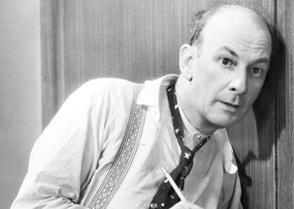 great disquiet of many
great disquiet of many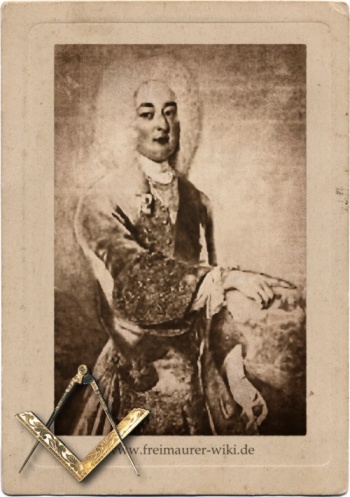 Albrecht Wolfgangs Mutter, Johanna Sophie von Hohenlohe-Langenburg, trennte sich 1702 dauerhaft von ihrem Mann, Graf Friedrich Christian von Schaumburg-Lippe, und lebte unter schwierigen Verhältnissen mit ihren beiden Söhnen Albrecht Wolfgang und Friedrich an verschiedenen Fürstenhöfen, u.a. in Hannover am Hofe des Kurfürsten Ernst August und seiner Frau Sophie.
Albrecht Wolfgangs Mutter, Johanna Sophie von Hohenlohe-Langenburg, trennte sich 1702 dauerhaft von ihrem Mann, Graf Friedrich Christian von Schaumburg-Lippe, und lebte unter schwierigen Verhältnissen mit ihren beiden Söhnen Albrecht Wolfgang und Friedrich an verschiedenen Fürstenhöfen, u.a. in Hannover am Hofe des Kurfürsten Ernst August und seiner Frau Sophie.